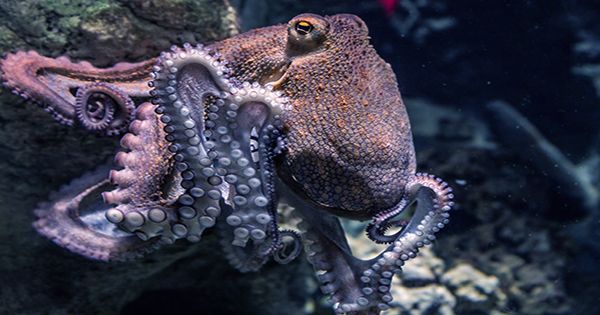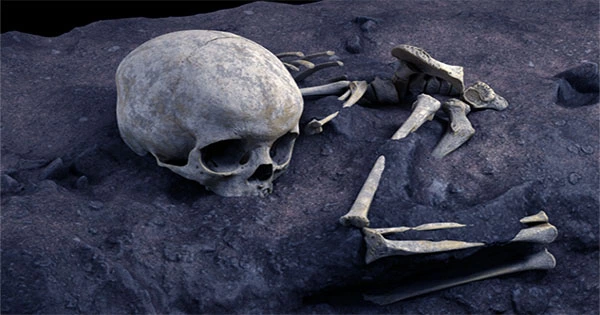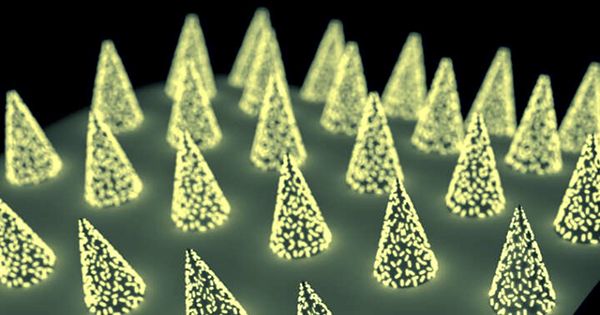Everyone loves octopuses because they are intelligent, eight-armed, and have complex brains. However, the way they move is equally haphazard, and at times their eight limbs make them appear downright odd. Recently, new research has examined how octopuses utilize their limbs for hunting and found some unexpected findings.
When you observe an octopus for a little period of time, nothing is typically reproducible. They wriggle around. Biological Sciences College assistant professor Trevor Wardill said in a statement that the animals “simply appear strange in their exploratory motions”
It turns out that octopuses, like us, have favorite arms and do not utilize all eight of their limbs equally. Starting in the center, on either side of their bodies, octopus arms are numbered.
In a recent study, scientists investigated the fiddler crabs (Uca pugnax) or Pacific white shrimp as prey for the California two-spot octopus (Octopus bimaculoides) (Litopenaeus vannamei). These two types of prey were picked because their modes of mobility and means of escape differ.
In order to study how octopuses utilized their arms during hunting, the researchers set up high-speed cameras. The octopuses moved their arms differently depending on the type of prey they were attempting to catch.
The second arm from the center was usually used by the octopuses when pursuing both crabs and shrimp. The more aggressive approach of “parachuting,” in which the octopus pounces on top of the prey, spreads its web, and feels for the prey below, has been used to catch crabs. Or the “snap-trap,” in which the victim is flanked by two groups of arms that move in opposite directions.
The octopuses caught the shrimp more slowly, utilizing their second arm to initiate contact before enlisting the help of their nearby arms. The octopuses also used a maneuver known as “waving,” which is considered to simulate the movement of marine algae, to trick the shrimp, keep it from escaping, and eventually help trap it.
Additionally, the octopuses usually used their arms on the same side as their eyes when hunting. While the fields of view in octopus eyes are nearly 180 degrees with each eye, they do not overlap. Therefore, it is likely that the octopuses wait for their victim to be on one side of the center of their field of vision before attacking. While octopuses may have left and right-handedness, it has been discovered that each of the four pairs of arms contains two digits that are equivalent for prey acquisition and function similarly on both sides.
The researchers were most shocked by how predictable the octopus hunting strategies were, especially considering their appearance to move and move randomly. The knowledge gained by researchers will be put to use in a variety of incredibly exciting applications, such as robots and submersible exploration vehicles.
If we can learn from octopuses, Wardill claimed, we can use that knowledge to create an underwater vehicle or soft robot application.
















